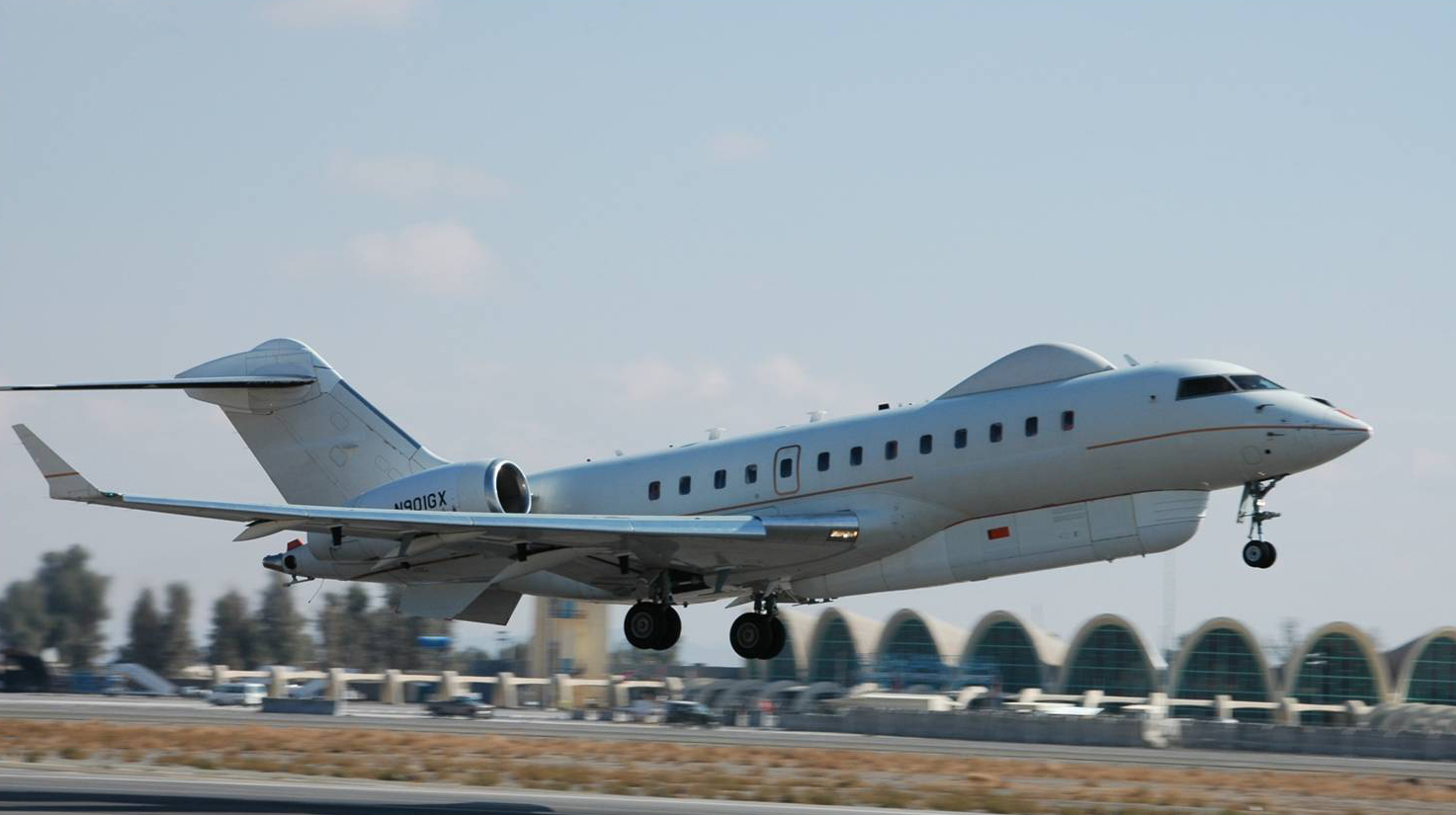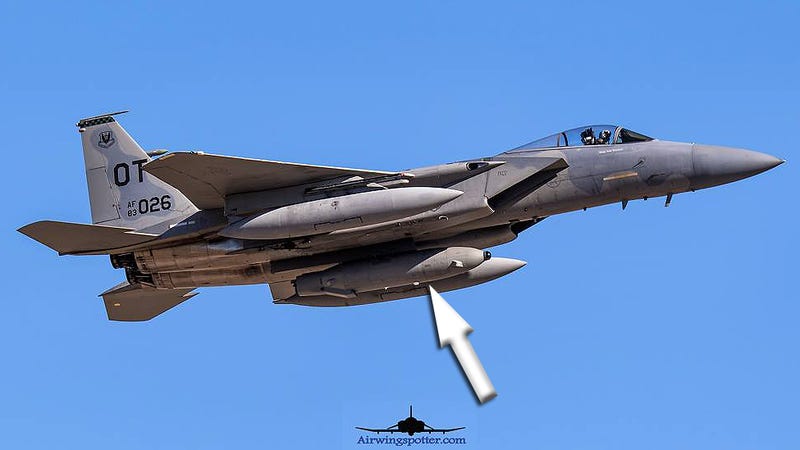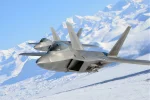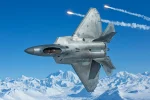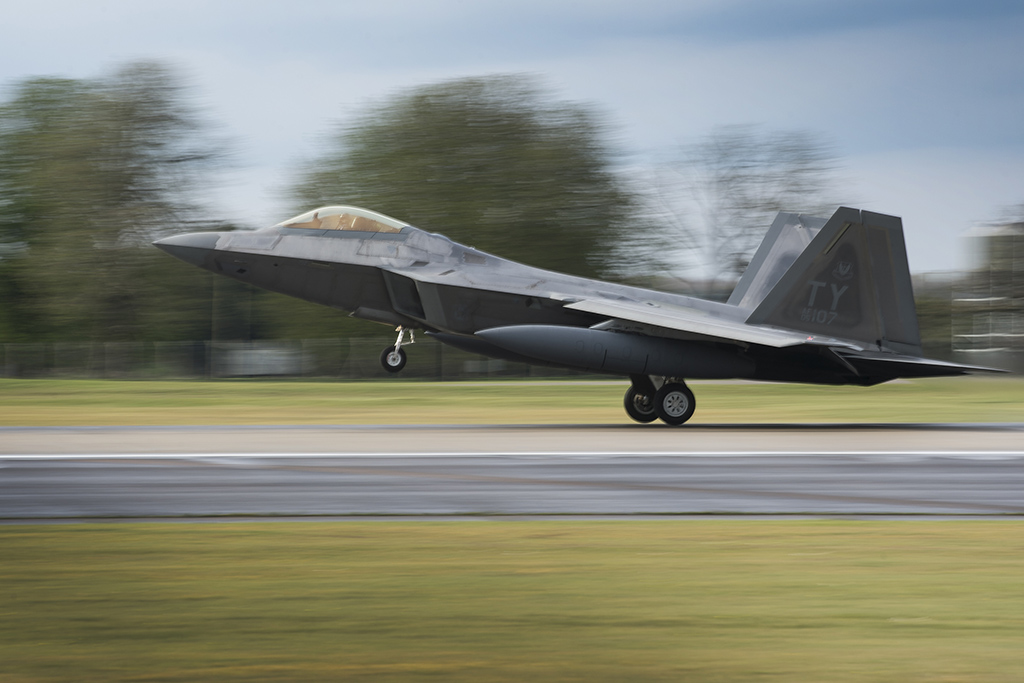Niskanen Center - Stop trying to make the F-22 happen
STOP TRYING TO MAKE THE F-22 HAPPEN
The F-22 Raptor was designed to be America’s air superiority fighter for the next several decades. Instead, in 2009,
then-Secretary of Defense Robert Gates cancelled the fifth-generation fighter program after procuring only 187 out of an original plan that called for 750. Now, some legislators want to explore if it is worth resurrecting the F-22, with some including a
proposal in the fiscal year 2017 National Defense Authorization Act requiring the Department of Defense to conduct a study on what it would take to restart production on the Raptor.
There are a number of reasons not to restart F-22 production, but the two most obvious are the cost of doing so and the need to reengineer the plane to bring its technology up-to-date. Marcus Weisgerber, global business editor at
Defense One,
recently discussed the cost factor, citing a RAND Corporation
study that procuring an additional 194 Raptors—to meet the Air Force’s truncated requirement of 381—would cost $30 billion when adjusting for inflation.
While that price tag is significant on its own, the cost must be assessed in relation to the defense modernization
“bow wave” the Pentagon is approaching in the early 2020s. According to a
study by Todd Harrison of the Center for Strategic and International Studies, the full cost of the modernization program as it stands now requires a cumulative $130 billion increase in planned defense spending between fiscal years 2017 and 2022. Exacerbating the problem of squeezing the F-22 into that modernization effort is Harrison’s finding that existing Air Force procurement plans are the single largest driver of the bow wave. From his report:
[F]unding for Air Force major acquisition programs is projected to grow by 73 percent in real terms from FY 2015 to its projected peak in FY 2023. This growth is driven primarily by aircraft programs. The Air Force’s three largest programs in terms of funding are the F-35A Joint Strike Fighter, Long Range Strike-Bomber (LRS-B), and K-46A aerial refueling tanker. Not coincidentally, the Air Force has stated that these three programs are also its top acquisition priorities.
Harrison elaborates on other programs ramping up in the 2020s that will squeeze Air Force acquisition budgets, including the T-X training aircraft, replacement for the E-4B National Airborne Operations Center, E-8 Joint Surveillance Target Attack Radar System (JSTARS), HC/MC-130 tanker and transport aircraft, and an upgraded Air Force One.
So the question for lawmakers interested in restarting F-22 production is, which of these are you willing to forgo to get it?
But assuming cost is not an issue, it would still not be worthwhile seeing as many of its components are now obsolete. Major Mike Benitez, an Air Force pilot stationed in Europe, recently
elaborated on this problem at
War on the Rocks:
The F-22 is based off 1980s requirements, built with
1990s technology, and designed to counter dated threats with dated techniques. First, the F-22 suffers from an
overreliance on stealth, which has been technologically outmaneuvered by both Chinese and Russian air defense designers for almost two decades. Second, the F-22 did not markedly improve range or payload from the 1960s F-15C design. A growing web of anti-access capabilities push these exquisite fighters to ranges approaching their fuel limits in real-world application.
Major Benitez goes on to discuss how the Pentagon’s sclerotic acquisition system will only exacerbate these problems. The crux of the argument is that once the aircraft is reengineered to bring its technology up-to-date, the newly delivered F-22s would not become operational until 2030—by which point a sixth-generation fighter will be necessary to achieve air superiority in anti-access/area denial environments.
Proponents of increased defense spending often cite the need to provide U.S. military personnel with the best equipment money can buy. Resurrecting the F-22 would do the opposite, while making the Pentagon’s already unaffordable modernization effort more expensive.



